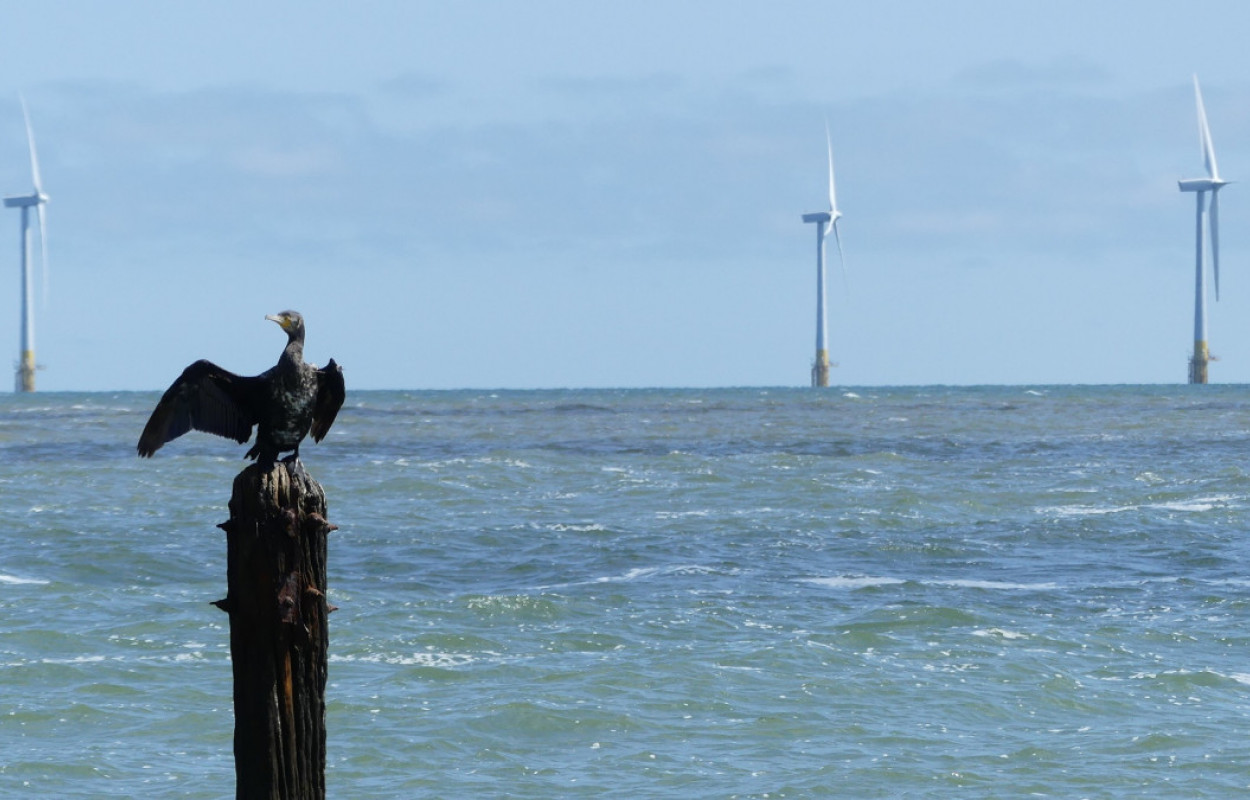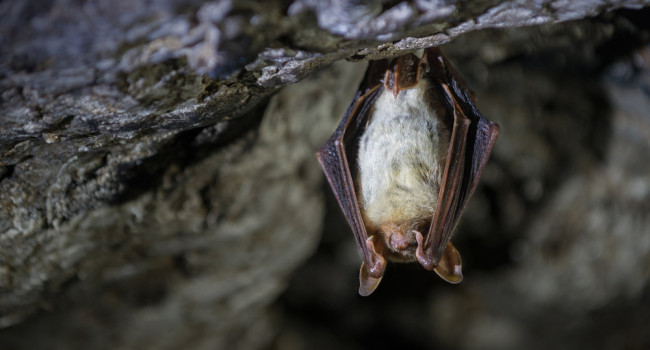Framework for assessing and mitigating the impacts of offshore wind energy development on marine birds

Author(s): Croll, D.A., Ellis, A.A., Adams, J., Cook, A.S.C.P., Garthe, S., Goodale, M.W., Hall, C.S., Hazen, E., Keitt, B.S., Kelsey, E.C., Leirness, J.B., Lyons, D.E., McKown, M.W., Potiek, A., Searle, K.R., Soudijn, F.H., Rockwood, R.C., Tershy, B.R., Tinker, M., VanderWerf, E.A., Williams, K.A., Young, L. & Zilliacus, K.
Published: November 2022
Journal: Biological Conservation Volume: 276
Article No.: 109795
Digital Identifier No. (DOI): 10.1016/j.biocon.2022.109795
Abstract
Offshore wind energy development (OWED) is rapidly expanding globally and has the potential to contribute significantly to renewable energy portfolios. However, development of infrastructure in the marine environment presents risks to wildlife. Marine birds in particular have life history traits that amplify population impacts from displacement and collision with offshore wind infrastructure. Here, we present a broadly applicable framework to assess and mitigate the impacts of OWED on marine birds. We outline existing techniques to quantify impact via monitoring and modeling (e.g., collision risk models, population viability analysis), and present a robust mitigation framework to avoid, minimize, or compensate for OWED impacts. Our framework addresses impacts within the context of multiple stressors across multiple wind energy developments. We also present technological and methodological approaches that can improve impact estimation and mitigation. We highlight compensatory mitigation as a tool that can be incorporated into regulatory frameworks to mitigate impacts that cannot be avoided or minimized via siting decisions or alterations to OWED infrastructure or operation. Our framework is intended as a globally-relevant approach for assessing and mitigating OWED impacts on marine birds that may be adapted to existing regulatory frameworks in regions with existing or planned OWED.
Notes
This research was supported by the Bureau of Ocean and Energy Management's Ecosystem Studies program (MC15AC00006) in support of the Southern California Bight Biodiversity Observation Network. Potiek's work on this project was supported by the Dutch governmental offshore wind ecological programme (Wozep).Staff Author(s)






Share this page